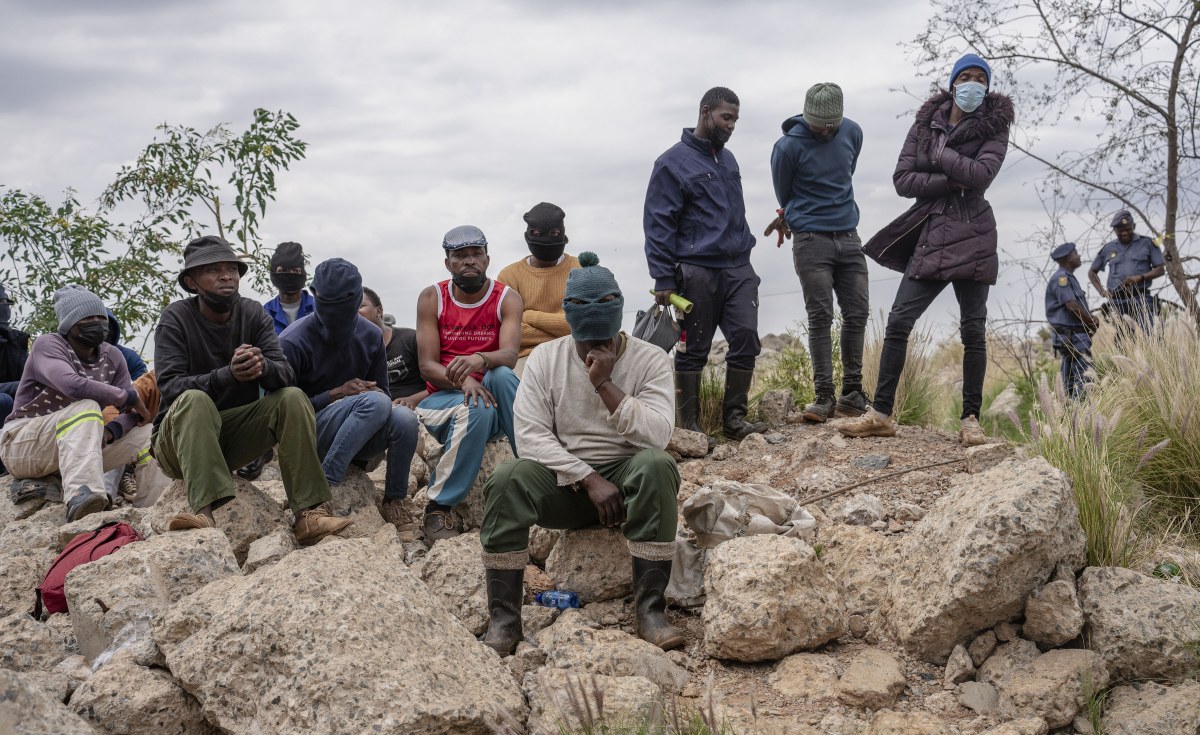Zimpapers Politics Hub
The Southern African Development Community (SADC) bloc is one of the continent’s zones of political and comprehensive regional stability which helps ensure the member states enjoy dividends of cooperation.
Except for a few instances like Mozambique’s Cabo Delgado province and the eastern part of the Democratic Republic of Congo (DRC), where instability has been sponsored by foreign interests keen on using the divide and conquer principle, the SADC region has been the centre of stability.
Experiences from internally sponsored strife in Mozambique and Angola, with the Mozambican National Resistance (RENAMO) and the National Union for the Total Independence of Angola (UNITA) rebel movements, respectively, have informed the region’s commitment towards peace and security.
Peace, security and regional stability are priorities to the bloc, which explains the organisation’s contemporary security policy choices and the existence and character of SADC’s strategic culture.
The SADC Mutual Defence Pact and the Strategic Indicative Plan of the Organ on Politics, Defence and Security Cooperation inform the bloc’s predisposition towards the use of or threat of use of force in response to external and internal threats.
Elements that therefore craft and cushion the region’s stability are punctuated by others that call for responses to the region’s history and ideology; geography; norms; solidarity and resources.
It is imperative to understand that the region’s strategic culture is a military dimension of political culture influenced by socially constructed values, beliefs and actions important in exposing the community’s preference of a pathway towards peace and security.
History, ideology, norms
SADC members have little fears of external military threats. This is why South Africa led a firm regional position against the US and Britain at the turn of the millennium when they opted for a military invasion of Zimbabwe.
Thus, the regional community’s strategic culture and existence is centred on historical narratives on sovereignty and anti-imperialism as the ideological foundations.
The member states share same colonial histories, which were characterised by exploitation, segregation and oppression.
History and ideology underpin the region’s peace and shape its policies in fostering and defending regional norms as espoused in the SADC Treaty and the SADC Mutual Defence Pact, which is in line with the Organisation of African Unity’s, now African Union, 1997 Harare Summit resolution.
It is SADC’s resolution that governments be replaced constitutionally.
The defence of this norm has footprints in Lesotho.
Also, military-styled internal threats that lingered in the Cabinda question in Angola and the Caprivi region represented threats to sovereignty that drew a military response.
In defending regional norms, allies from SADC were drawn into the 2017 Mozambican conflict to exploit the potential of a multidimensional solution to the deep-rooted jihad insurgency in Cabo Delgado province.
The defence of a norm justified the disposition by SADC to use force to counter the Islamic insurgency in Mozambique.
Geography
Geography is an important element as it closely explains geopolitical threats and opportunities.
In this context, geographical proximity to threats vindicates regional defence or the use or threat of use of force.
This geopolitical consideration is one that impelled the bloc through South Africa to intervene in the alleged constitutional crisis in Lesotho in 1999 to quell the political unrest from spilling over into its territory in fear of being inundated with political refugees from Lesotho.
As an element, geography’s importance has been visible in the DRC in 1994 through the genocide against the Tutsi that occurred in neighbouring Rwanda, which was augmented by ethnicity.
Henceforth, borders forged through conflict, or those that harbour the prospects of influencing ethnic conflict, may create a confrontation by multiple security dilemmas, which thus shape the strategic orientation of SADC.
Solidarity
The SADC Mutual Defence Pact is a collective and solidarity defence strategy, which views an armed attack on one state within the sub region as an attack against all, hence providing adequate justification for intervention in a member state in respect of grave circumstances.
This solidarity has been exemplified in South Africa and Botswana’s military intervention in Lesotho in 1998 against a rationale of ending suspected Lesotho’s Defence Forces’ isolation from regional groupings.
This has also informed the rationale by SADC’s intervention in Mozambique in 2020, particularly by countries including Rwanda, since a consideration of collective security and defence was highly imperative.
In view of this, solidarity has been influential in SADC’s predisposition to use of force in face of external and internal threats.
Resources
Ensuring access to critical resources is an increasingly serious concern for nearly all countries in the SADC region. Resources have been given credence in the bloc’s intervention in Mozambique.
Also, the DRC with its vast mineral and water resources, has great promise for the region in future industrialisation and economic development for the region.
Therefore, for the SADC to access lucrative resources such as timber, diamonds and cobalt to enhance trade proved key and remain ideal today to ensure that critical resources do not fall in the hands of rebels.










